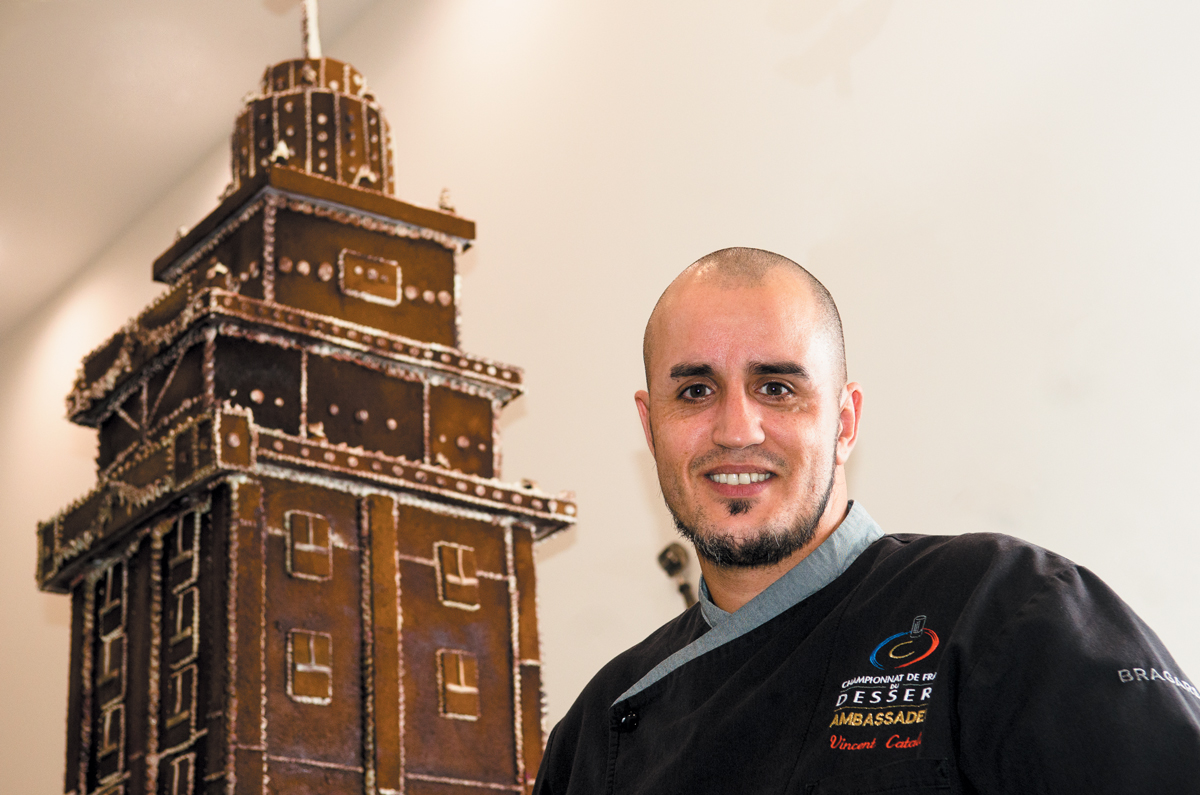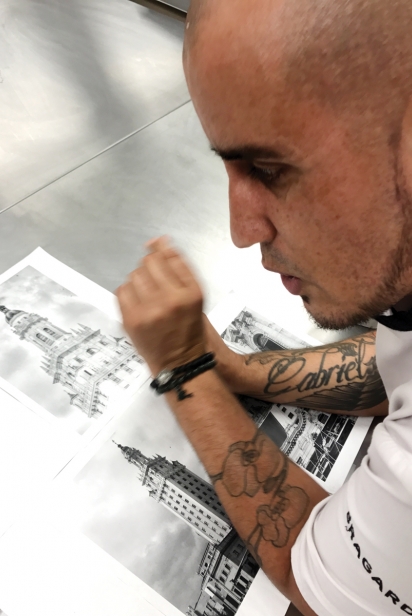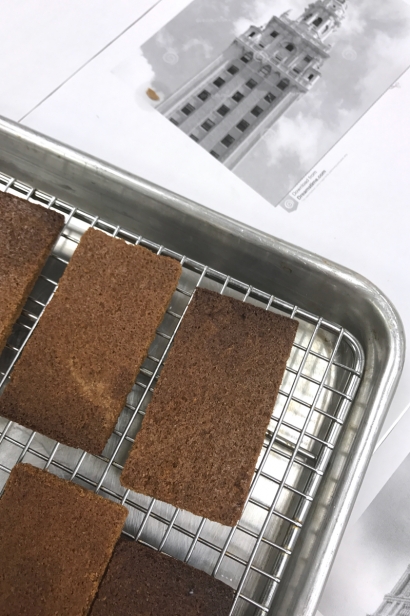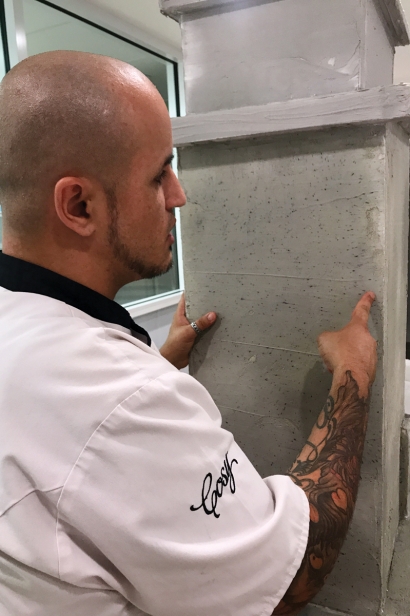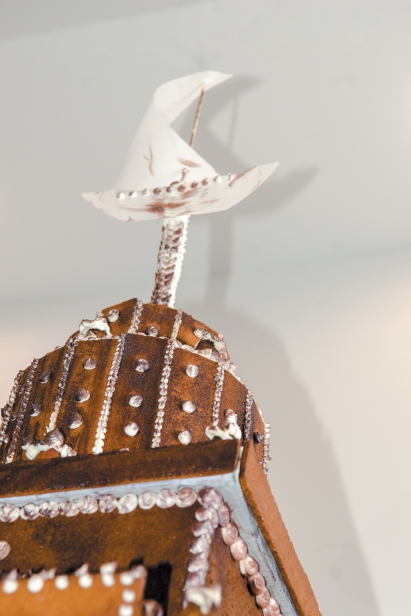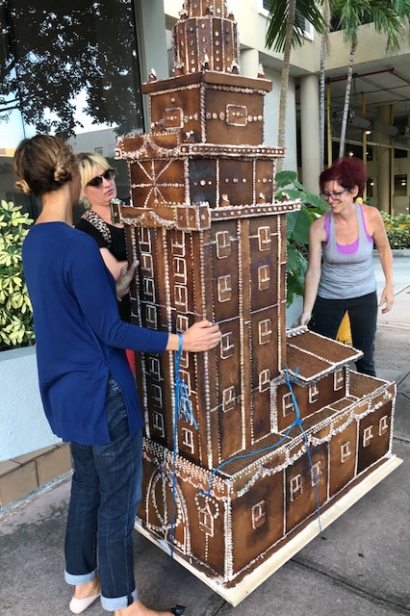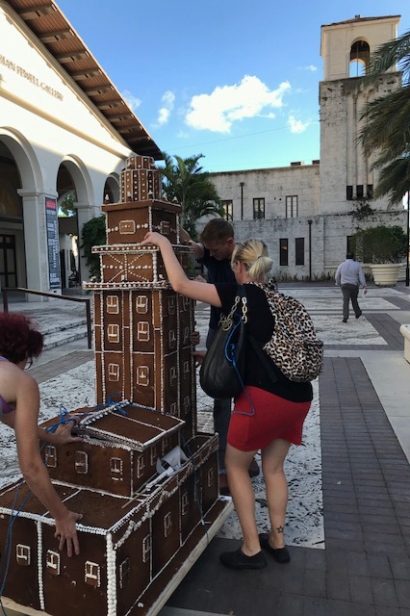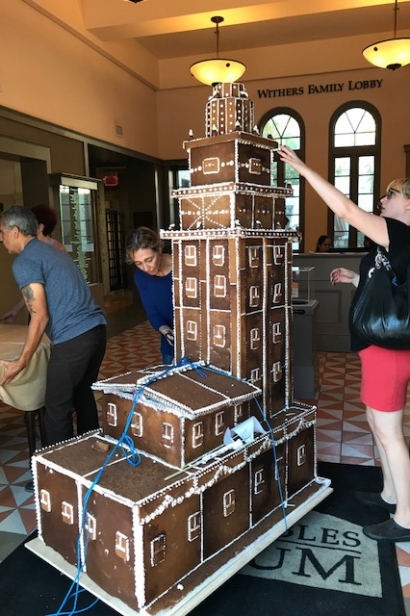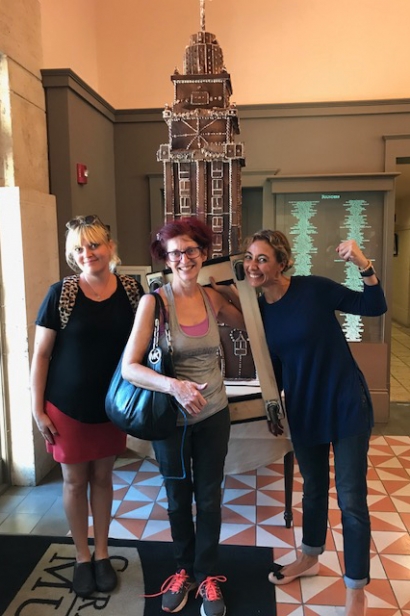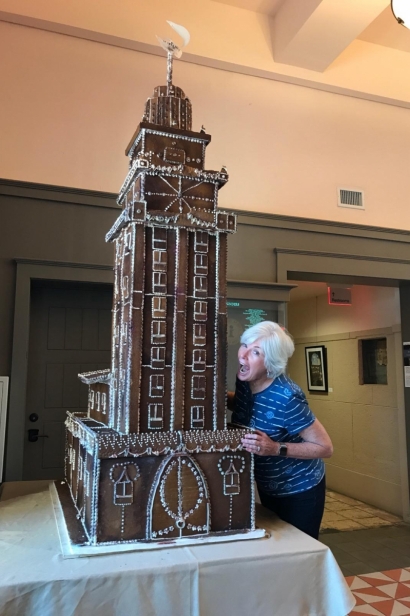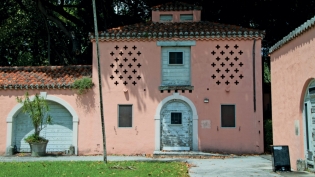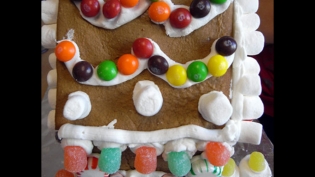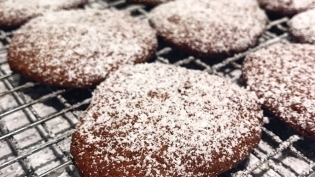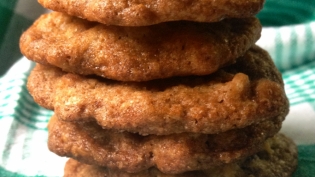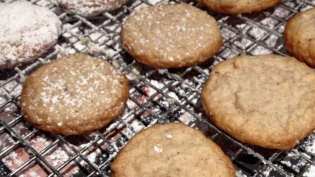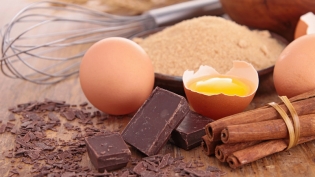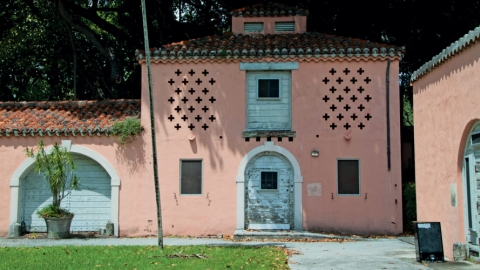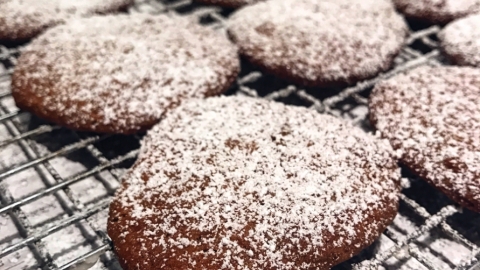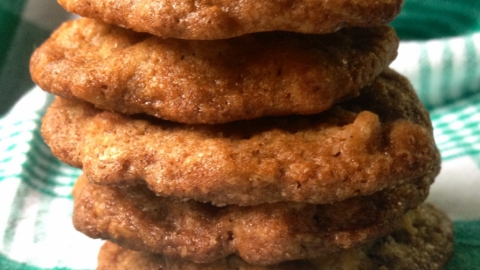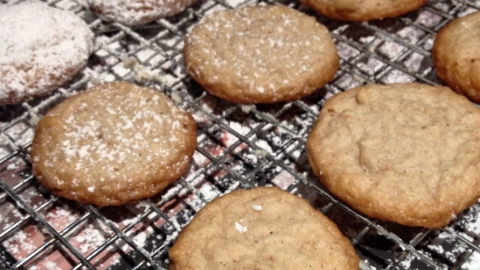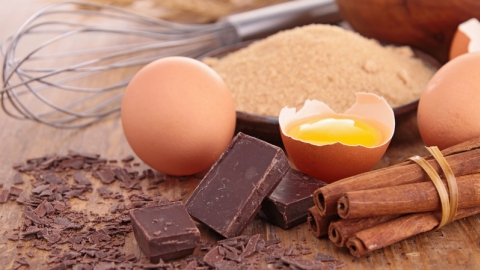Sweet Freedom
The charming holiday tradition of building gingerbread houses is popular in more temperate climates, where royal-icing icicles and snowy rooftops signal winter (and dough structures do hold up better in low humidity). But chef Vincent Catala of Gastronomicom Miami in Coral Gables met our South Florida gingerbread challenge in a big way, starting with his decision to recreate the Freedom Tower, the 1925 Mediterranean Revival structure on Biscayne Boulevard.
While the building has served many purposes, including home to the Miami Daily News, its name reflects its 1960s role as the place where hundreds of thousands of Cuban refugees passed through its doors. “I chose the Freedom Tower because freedom is one of the most important things in my life,” he says.
Catala, 35, is originally from a town near Nice in the south of France. He grew up watching his great-grandmother in the kitchen and started cooking when he was a teenager. As an apprentice in various Michelin-starred restaurants in Provence, “peeling potatoes, washing vegetables, making salad dressing,” performing the anonymous drudgery of the young cook for three years without a day off, Catala eventually found his calling as a pastry chef and got diploma in pastry. He also became an ambassador of desserts, appearing on French television and festivals.
Two years ago he met Martine Lessault and taught at her Gastronomicom International Culinary Academy in Agde, France, then moved to Miami as she opened her Coral Gables location one year ago. Here, Catala teaches professionals who want to enhance their skills as well as passionate amateurs.
Making a Giant Gingerbread Tower
Vincent Catala used photos of the iconic building to calculate the scale and panels needed to build the structure. He created a base using sturdy but lightweight styrofoam and dowels, and strengthened the structure by using royal icing made from egg white, powdered sugar and vinegar as “cement.”
He created a base using sturdy but lightweight styrofoam and dowels, and strengthened the structure by using royal icing made from egg white, powdered sugar and vinegar as “cement.” Gingerbread walls were made in batches, each individual panel was measured, baked, then “glued” to the base.
After decorating the tower, he airbrushed the white icing to simulate aging. At the top, he recreated the cupola and Spanish galleon weathervane.
BY THE NUMBERS
Time to make: 136 hours
Weight: 62 kilos
Icing: 6 kilos egg whites
4 lb white vinegar
22 kilos icing sugar
People to move from the kitchen to the lobby: 4
Moving the Tower ... Gingerly
Transporting the gingerbread tower three blocks away to its holiday home in the Coral Gables Museum was the next challenge. With help from chef Catala and Nathalie Gillardo of Gastronomicom-Miami, and our good friend Pat Mackin, the tower was carefully lifted onto a dolly and gently rolled along Alcazar and Salzedo and finally Aragon and the museum lobby.
See the Gingerbread Freedom Tower
The Gingerbread Freedom Tower will be on display at the Coral Gables Museum through mid-December. The museum is located at 285 Aragon Avenue in Coral Gables and is open Tues.-Sun. Details here.


